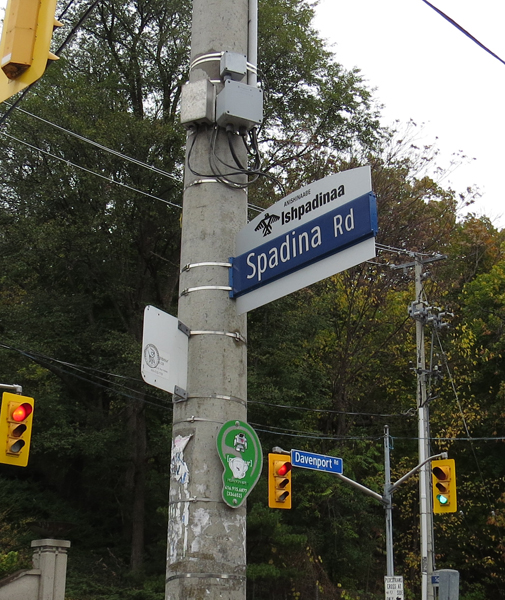4 Nov
I just spent a week in the province of Guizhou in southwest China. It’s a region of mountains, rice terraces and tiny dilapidated but charming villages. Low-hung clouds turned many landscape views into living Chinese paintings for us.
China officially has 55 ethnic minorities. Guizhou has 11 of these distinct cultural groups. The Dong fascinated me the most because of their multi-tiered drum towers that are used as community centres. As we drove along superhighways, we could easily tell which villages were Dong. When we explored a couple of villages on our own, we looked to the tall towers to keep us from getting lost in the helter-skelter of wooden houses.
Some of the larger Dong communities are now tourist towns, aimed mainly at the domestic but hopefully the foreign tourist market. The provincial government has been sending teams of experts to teach local rice farmers to grow vegetables. They have been encouraging them to convert their homes into restaurants and boutique hotels. The teams are showing them how to make beds, clean toilets, and keep accounts. As far as we, a group of North American travel writers could see, they have succeeded very well.
We stayed overnight at a charming hotel in Zhaoxing. With its stores, handicrafts and plethora of tiny hotels all built in the old architectural style, Zhaoxing almost looked like a theme park. It had more than one drum tower; in fact, its many drum towers were painted after dark with gold lights and looked stunning.
Dancers performed in front of pictures of drum tower. There was no mistaking that we were in a Dong community.
As we drove through the region, we passed modern-looking towns with new high rise condos and office buildings. Some of the newer structures like the stadiums, schools and bridges were decorated with drum towers. The pagoda-like buildings were like flags. There was no mistaking where we were.
I thought about Toronto. Was there anything distinctive that could identify our city besides the CN Tower? I guess our clam-shell city hall could play that role too.
But what about our First Nations? Many gatherings now open with an acknowledgment that the land we are on belongs to the Mississaugas of the New Credit First Nation. But is this fact reflected in any of our street art and our architecture?
Yes, we have one of the country’s largest inukshuks here, but inukshuks are Inuit, not Mississaugas of the New Credit. We have parks with plaques commemorating groups like the Cayuga, Seneca, Shawnee, and Iroquois. “Toronto” itself is a aboriginal name. But where can we find symbols of the Mississaugas of the New Credit?
We have two totem poles but they are not indigenous to eastern Canada even. We have a long house and sweat lodge but they are not very public. I haven’t been able to find any statues representing the Mississaugas.
It is true that we have a few aboriginal street signs and the Ogimaa Mikana group is trying to put up more. We would have too put up a lot of them to show that the Mississaugas of the New Credit First Nations is a basic part of our city?
Maybe it’s time to redesign our city flag. It was last done in 1974. What do you think?
For more information on the First Nations Ogimaa Mikana street sign project, see:
http://ogimaamikana.tumblr.com/post/140825018906/for-the-past-3-4-years-the-ogimaa-mikana-project .
For more about the beautiful drum towers in China, see: https://travelcathay.com/2014/04/10/dong-drum-tower/
My trip to Guizhou was hosted by the Guizhou Tourism Administration, China. Thanks Guizhou.







Lovely awakening for us on Drum towers and Guizhou Province Ruth. The pics were great too. I can imagine how wonderful they would be blown up.
Thanks a bunch for letting us in on your most recent trip.
Thanks for giving us such a vivid description of Guizhou Province Ruth. It is very tempting to visit it and experience the Drum Towers and mystical fog hanging over the city for oneself.
P. Anne Winter sent a comment: “Thanks so much for your recent visit to Guizhou China. I had never heard of the Dong Village and their amazing drum towers that are so beautifully crafted.
“The pictures are very alluring as they look so mystical with the dense fog. You help us to feel as if we have been to these amazing places even if we can’t get there ourselves.”
Fascinating. The photos are beautiful. I am so, so sorry I missed it,
I’m so sorry you missed it too, Leah. It was very special, and I hope you can visit China again.
Ruth, looks like you had another amazing trip. Guizhou ranks high on my list of favorite provinces in China too visit. I like how you weave the Dong cultural focus in their development into the relevant issue for Toronto of giving more exposure to the Mississaugas… the time may well be ripe for to start that discussion..
There are eight plaques related to the Mississaugas of the New Credit in Toronto. You can see them here. Two are near us.
http://search.freefind.com/find.html?id=71238337&pageid=r&mode=all&n=0&query=mississaugas+of+the+new+credit
I definitely want to see Guizhou. Thanks for sharing Ruth, and for sensitizing us on the importance of our First Nation’s heritage. I completely agree that more space should be allowed to them.